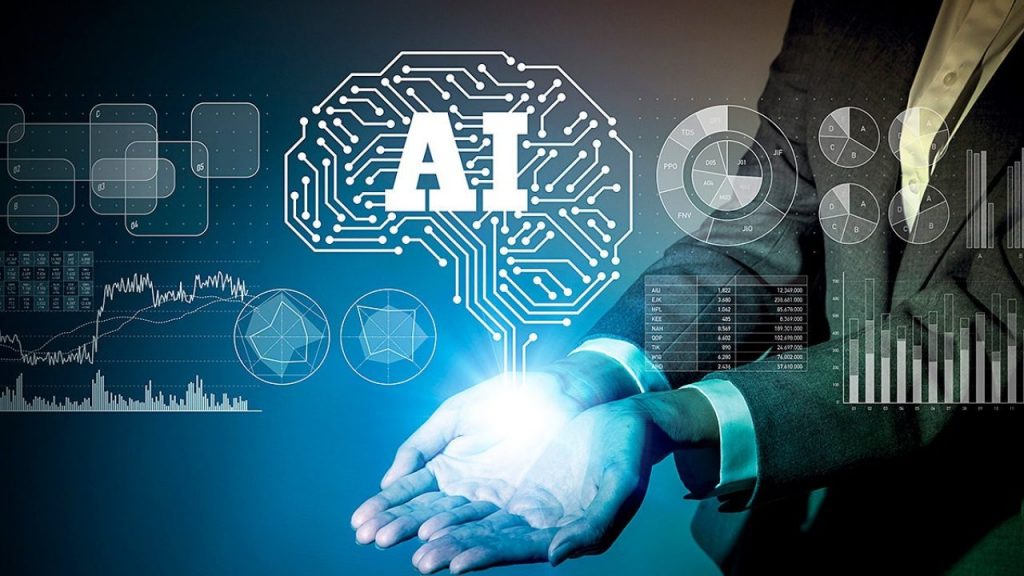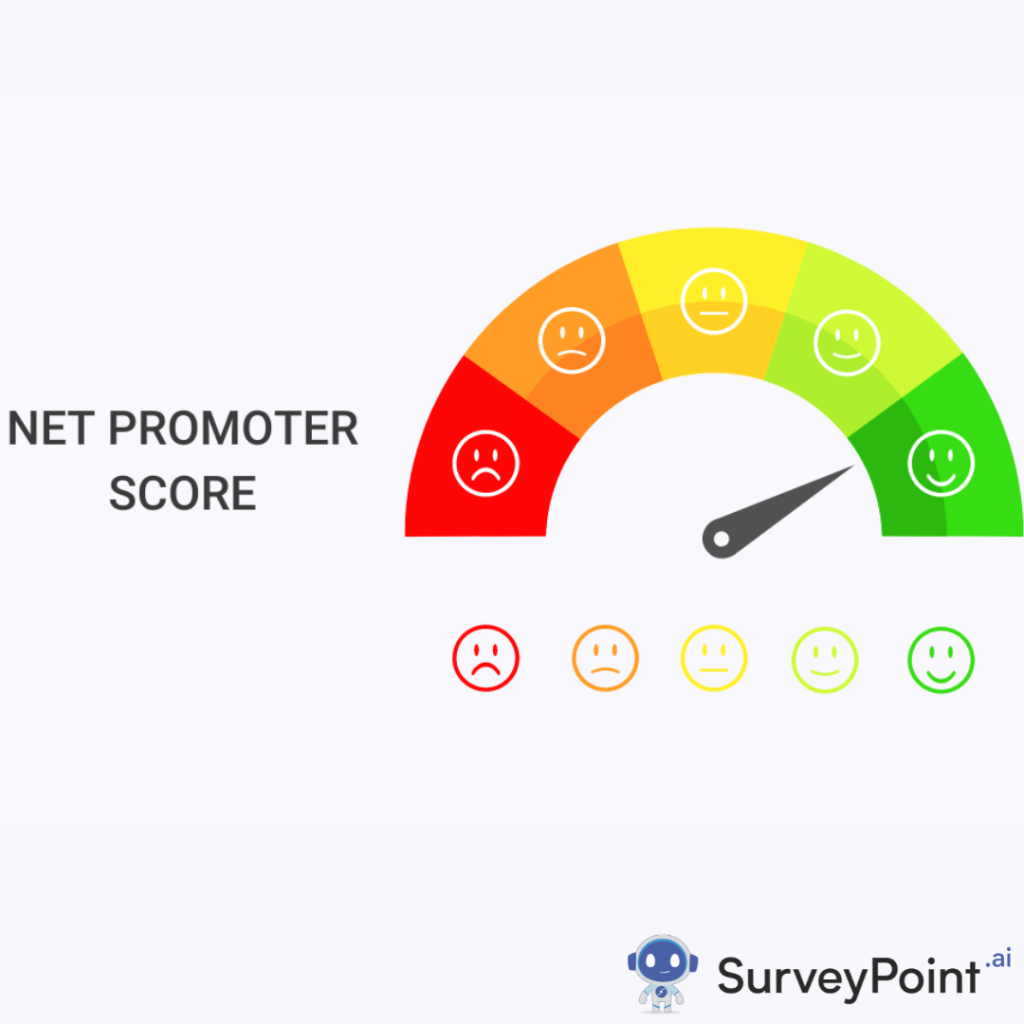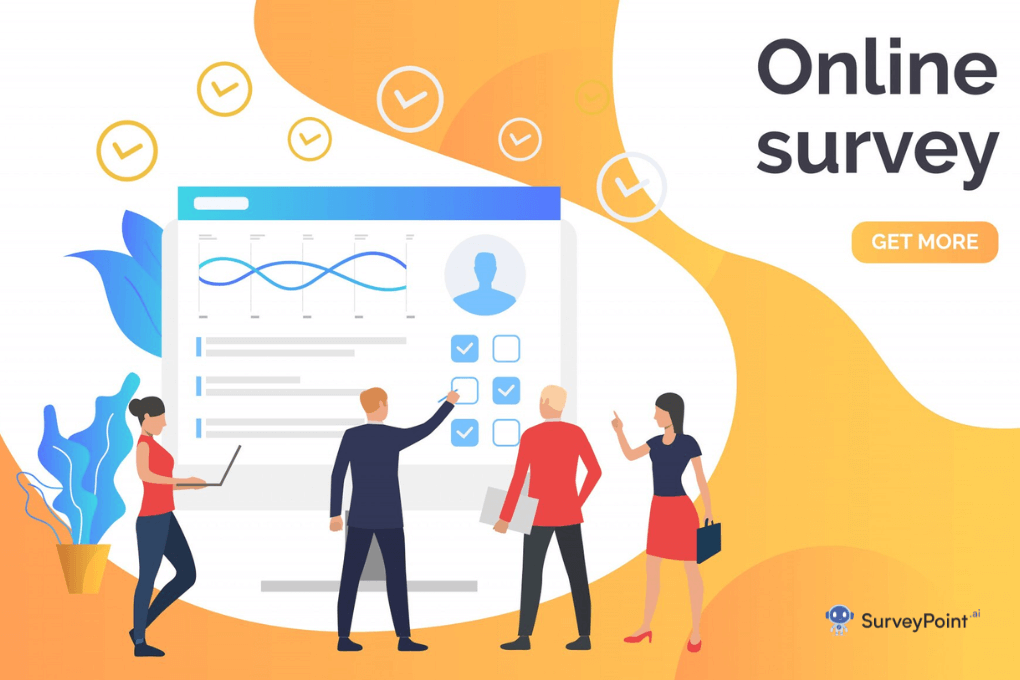
Artificial Intelligence (AI) is transforming industries across the globe, bringing about innovations that improve efficiency, productivity, and the overall quality of life. However, this rapid advancement also raises concerns about job displacement. As machines become more capable, there is a growing fear that AI could replace human workers, leading to widespread unemployment. But it doesn’t have to be this way. With careful planning and a balanced approach, we can harness the power of AI while ensuring that people continue to thrive in the workforce.
In this blog post, we’ll explore strategies to control the impact of AI on jobs, focusing on how we can create a future where humans and machines work together harmoniously.
1. Invest in Reskilling and Upskilling
The Need for Lifelong Learning
One of the most effective ways to control the impact of AI on employment is to invest in reskilling and upskilling programs. As AI takes over repetitive and mundane tasks, the demand for new skills will rise. Workers can be retrained to take on roles that require creativity, emotional intelligence, and complex problem-solving—areas where humans excel.
How to Implement It:
- Government and Corporate Initiatives: Governments and corporations should collaborate to provide accessible training programs that help workers transition into new roles. For example, companies like Amazon have already launched initiatives to retrain their workforce in cloud computing and other in-demand skills.
- Online Learning Platforms: Leverage platforms like Coursera, Udemy, and LinkedIn Learning, which offer courses in AI, data science, digital marketing, and other future-oriented fields.
- In-House Training: Companies can also provide in-house training programs that allow employees to learn new skills relevant to their industry.
2. Encourage Human-AI Collaboration
The Concept of Augmented Intelligence
Rather than viewing AI as a replacement for human workers, we should embrace the idea of augmented intelligence, where AI tools enhance human capabilities rather than replace them. By integrating AI into existing workflows, employees can focus on higher-value tasks while AI handles the more routine aspects.
How to Implement It:
- AI-Assisted Tools: Companies should invest in AI tools that assist workers rather than replace them. For instance, AI-powered customer service platforms can handle basic inquiries, allowing human agents to focus on more complex customer interactions.
- Cross-Functional Teams: Encourage the formation of teams that include both AI specialists and traditional workers. This collaboration can lead to the development of solutions that maximize the strengths of both humans and machines.
- Job Redesign: Redesign job roles to incorporate AI tools in a way that complements human skills. For example, in healthcare, AI can analyze medical data, while doctors focus on patient care and decision-making.
3. Promote Ethical AI Development
The Importance of Ethical AI
AI systems should be designed with ethical considerations in mind, particularly when it comes to their impact on employment. Developers and companies must consider how their AI solutions will affect the workforce and take steps to mitigate potential negative consequences.
How to Implement It:
- Ethical Guidelines: Establish ethical guidelines for AI development that prioritize the well-being of workers. These guidelines should include transparency, fairness, and accountability.
- Impact Assessments: Before deploying AI systems, conduct impact assessments to evaluate how they will affect jobs. This process can help identify potential risks and allow for the development of strategies to address them.
- Involve Stakeholders: Involve employees, labor unions, and other stakeholders in the development and implementation of AI technologies. Their input can help ensure that AI solutions are designed in a way that benefits everyone.
4. Support the Creation of New Job Categories
The Emergence of New Roles
While AI may eliminate certain jobs, it will also create new ones—roles that we may not have imagined yet. By supporting the creation of new job categories, we can ensure that there are opportunities for workers in the AI-driven economy.
How to Implement It:
- Entrepreneurship and Innovation: Encourage entrepreneurship and innovation, as these are key drivers of job creation. Governments can provide incentives for startups and small businesses that are exploring new markets and technologies.
- Focus on Emerging Industries: Identify and invest in emerging industries where new job opportunities are likely to arise. These could include renewable energy, biotechnology, AI ethics, and digital arts.
- Career Pathways: Develop clear career pathways for new job categories, providing workers with guidance on how to transition into these roles.
5. Implement Policies for a Fair Transition
The Role of Policy in Job Preservation
Governments and organizations must work together to create policies that support workers during the transition to an AI-driven economy. This includes providing social safety nets, fostering job creation, and ensuring that the benefits of AI are widely distributed.
How to Implement It:
- Universal Basic Income (UBI): Explore the possibility of implementing UBI as a way to provide financial security during periods of job transition. This could help workers retrain and find new opportunities without the immediate pressure of unemployment.
- Labor Laws: Update labor laws to protect workers in the gig economy and other non-traditional employment arrangements that are becoming more common with the rise of AI.
- Public-Private Partnerships: Foster public-private partnerships that focus on job creation, especially in sectors that are likely to be affected by AI.
Conclusion
Artificial Intelligence is here to stay, and its impact on the job market is inevitable. However, by taking proactive steps, we can control its effects and ensure that AI becomes a tool for human empowerment rather than a threat to employment. Through reskilling, human-AI collaboration, ethical development, job creation, and supportive policies, we can create a future where people and machines work together to achieve greater productivity, innovation, and prosperity.
The key to this future lies in balance—embracing AI’s potential while ensuring that it serves the interests of all workers.
For more information checkout- surveypoint.ai




